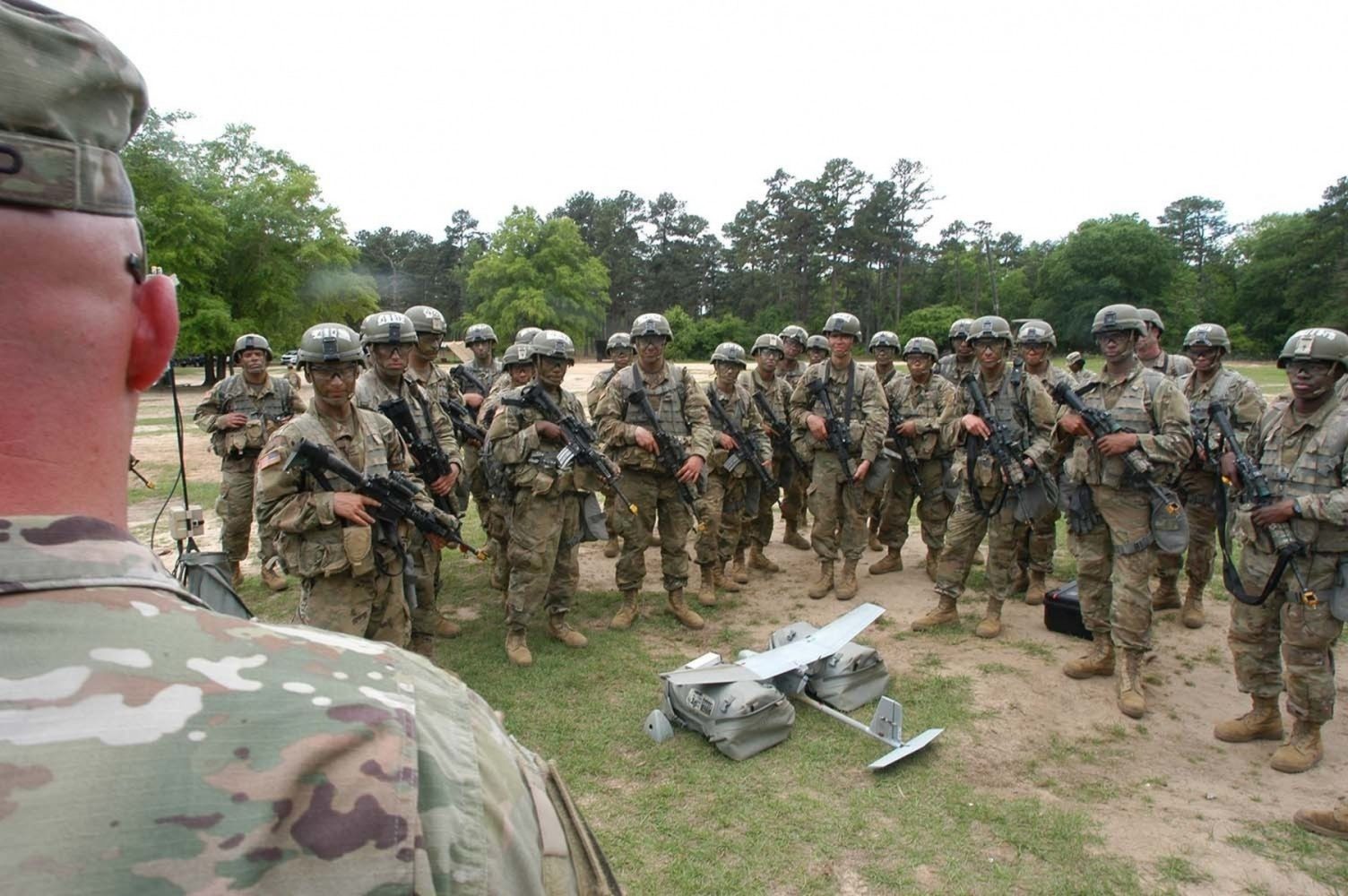
Given the billions of dollars already invested, it’s not exactly “easy come, easy go.” But the decision by the US army to scrap a major combat helicopter program as – for all intents and purposes – obsolete in a world where drone deployment is expanding exponentially offers another example of how UAVs have captured a central role in military planning and activity in the two years since Ukraine was forced into war.
The Army announced it will be terminating its Future Attack and Reconnaissance Aircraft Program (FARA) at the end of the current fiscal year, after having already spent $2 billion on the helicopter project. It said it will redirect funds earmarked for further development to other areas of its “aviation modernization investments across new and enduring platforms” – including, presumably, the $5 billion extension it requested for FARA over the next five years.
The major beneficiary of some re-budgeted or new finances will be drone programs, which have become a primary focus of defense officials across the world in the past two years. The chief reason for that, of course, is their performance in Ukraine – which last week took the unprecedented step of creating a full-fledge UAV arm of its military.
The US Army and other militaries have obviously used large, industrial-produced UAVs like Predators for reconnaissance, intelligence, and attack purposes for years. But the unexpected, astonishingly successful repurposing of smaller drones by Ukraine against Russian invaders has caught the attention – and activated the imagination – of defense agencies around the globe.
Indeed, US Army Chief of Staff General Randy George made no secret of that connection in announcing the end of the FARA helicopter program in favor of drones-by-any-other-name priorities.
“We are learning from the battlefield – especially in Ukraine – that aerial reconnaissance has fundamentally changed,” George said. “Sensors and weapons mounted on a variety of unmanned systems and in space are more ubiquitous, further reaching, and more inexpensive than ever before. I am confident the Army can deliver for the Joint Force, both in the priority theater and around the globe, by accelerating innovation, procurement, and fielding of modern unmanned aircraft systems, including the Future Tactical Unmanned Aircraft System, Launched Effects, and commercial small (uncrewed) aircraft systems.”
While the decision to deep-six a major, expensive program like FARA represents a dramatic move, it may not be all that surprising – nor the last of its kind.
Big military drones like Turkish Bayraktar TB2s and – to a far less effective extent – Iranian Shaheeds have done a lot of heavy aerial lifting for both Ukraine and Russia in their war. But the game-changers in the conflict have been smaller, repurposed commercial UAVs, DIY-made first-person view attack craft, or specialized kamikaze vehicles created specifically by Kyiv’s techies for the conflict.
That has not only allowed Ukraine to push the initial, near-total advances Russia made at the outset of the invasion back beyond pre-war lines. It has also made the rest of the world sit up and take notice of what drones can do for militaries now – and may offer in the future.
The U.S. Army is already looking ahead in that way, and is now doubtless following the Department of Defense’s lead in preparing for future conflicts using smaller drones. Last August the Pentagon announced the launch of the Replicator program, which will rely on mass-produced, smaller-sized UAVs in enormous, expendable swarms to swamp the gigantic weapons programs developed by Russia, China, North Korea, and other potential foes.
One of the major detail that has been missing about Replicator, however, is where its funding will come from.
The answer to that may well be in large part from programs like FARA destined to be discontinued as passé – or at least easily replaceable, given the more economical drone options. That could be broadened as officials look to speed Replicator development further, mindful of the way conflicts like Russia’s invasion of Ukraine, or the Israel-Hamas war arose to become critical, open-ended crises overnight.
“We absolutely are paying attention [to world events] and adjusting, because we could go to war tonight, this weekend,” the head of Army Futures Command Gen. James Rainey said in the wake of the FARA announcement.
Image: US Army
FTC: We use income earning auto affiliate links. More.


Comments